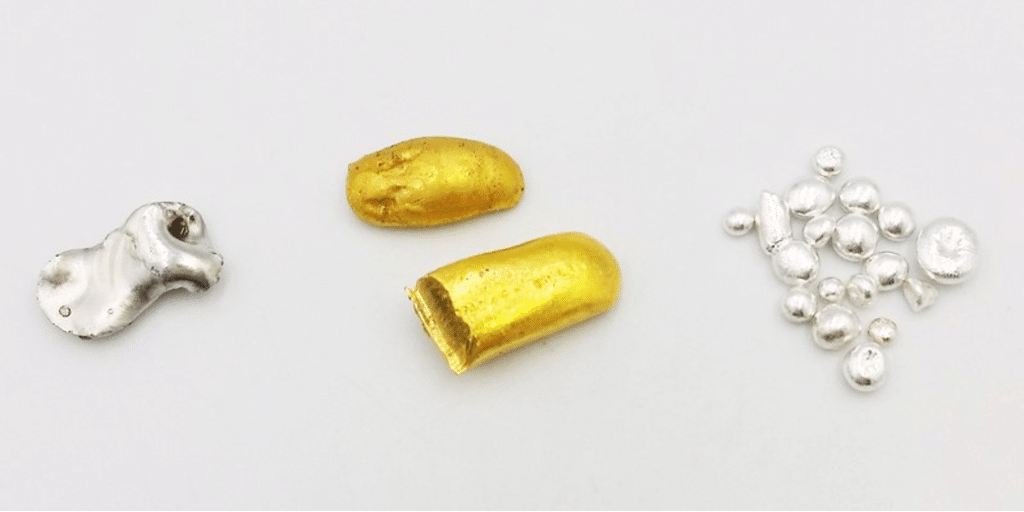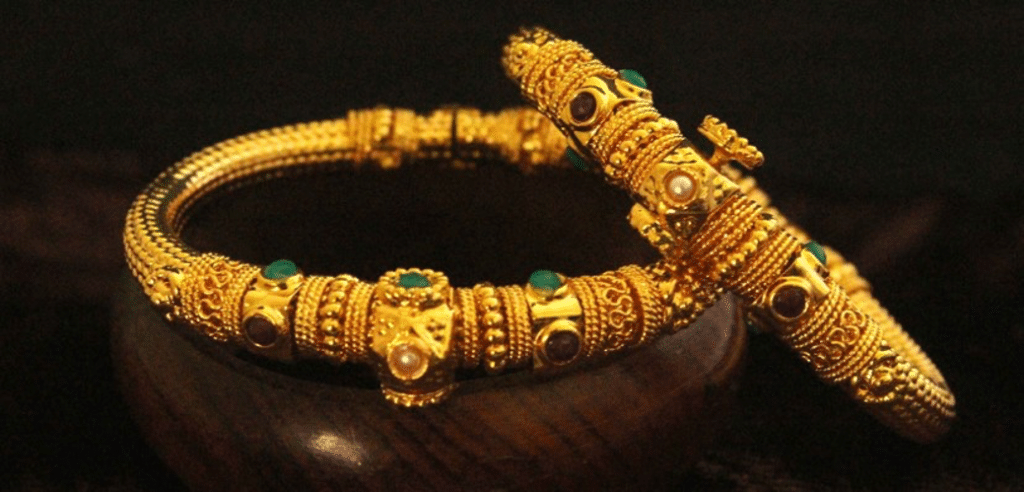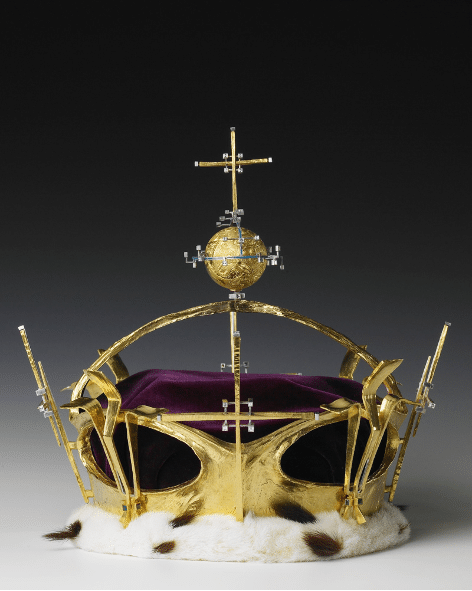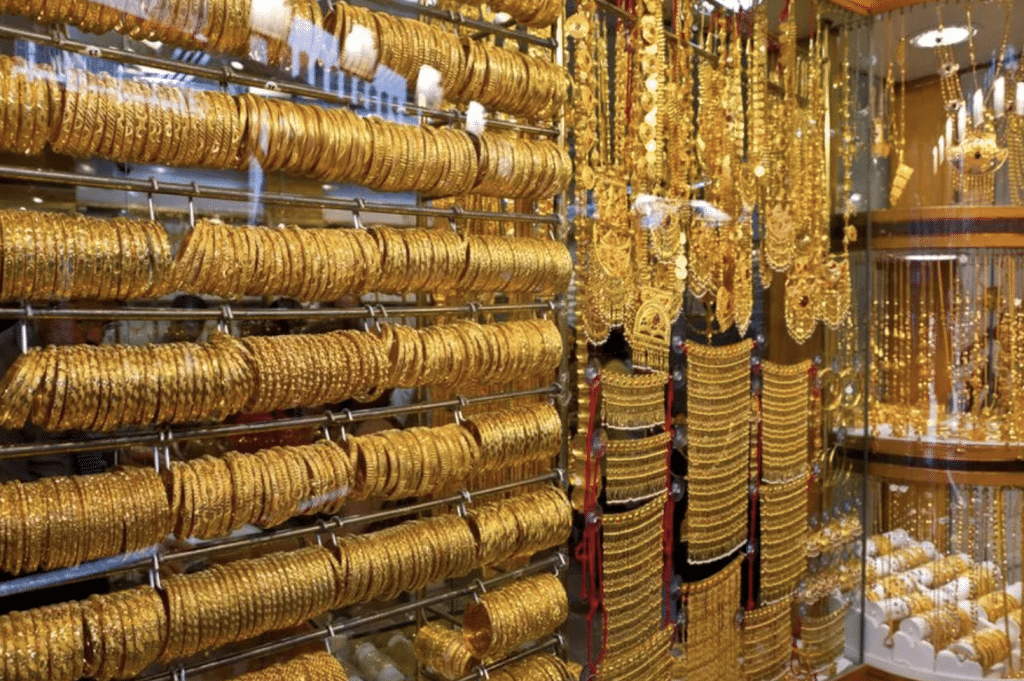Gold is the most common of the precious metals. While there are few other metals more expensive than gold like Rhodium, also used in the jewelry industry, and Platinum which was more expensive than gold 10 years ago. Gold is still the reference of all precious metals in the world.
Everyone on earth has seen gold or has gold jewelry while very few people have ever seen platinum or ever heard about rhodium, both being widely used in the jewelry industry.
Gold is still the reference for investors to physically protect their wealth and for central banks to print money. Gold is at the core of the world economy as the worldwide reference to which every money value is compared to.
Gold volumes in the world
Gold has been mined and used as a precious metal for more than 6000 years now, and museums are full of pure gold jewelry dating back from Roman Empire, Byzantine Empire, or old China Empire.
While gold has been collected or mined in an artisanal manner since the beginning of time, industrialization allowed men to start mining gold at such a high rate that two-thirds of the total gold mined has been so since 1950.
It is estimated that a total of 209 000 tons of gold as been mined in the world, up to now and experts estimate that only 54 000 tons of gold are still available to be mined. And from the 2000 tons of pure gold used in the world every year. around 45% of such gold is used in jewelry making.
Gold use in the jewelry industry worldwide
Gold is a precious metal that is inalterable, which means it does not tarnish because of the chemical components of the atmosphere and is not attacked by simple acids.
With a density of 19,5 pure gold is very heavy and is easily recognizable by its dark yellow color and shiny hue.
As pure gold is soft and tends to bend and does not resist wear very well, gold is usually mixed with other metals to create gold alloys to change its color and improve its mechanical properties, allowing jewelers to make very thin and light gold jewelry designs from these gold alloys.
The most commonly used gold alloys are 18k gold (pure at 75%), 14k gold (pure at 58,3 %), 10K gold (41,7%) in the US, and 9k gold (37,5%) in Europe.
24k gold is very common in Asia, this is pure gold jewelry.

Pure gold yellow color compared to platinum (on the left) and pure silver (on the right)
The 24k gold jewelry market
Nowadays, economic gold alloys such as 10K and 14k gold jewelry are widely used in Occident while Asian countries are still very focused on 24k gold jewelry. In fact, Asia is the biggest market for pure gold jewelry in the world.
Pure gold is very popular there, as its color and luster can not be confused with any other metal, it is a symbol of status and recognized as a liquid asset everywhere in the world, easy to sell anywhere at any time. For centuries, the population of East Asia has been eager to possess 24k gold jewelry and the demand is growing as China’s middle class is getting wealthier.
The maindraw backs of pure gold in jewelry making is its softness which makes it easy to bend and its low resistance to wear that marks pure gold jewelry very easily with daily use. These constraints limit the type of design usually available in pure gold.
Such problems and limitations in design are big concerns for the main leaders of the Asian jewelry industry. These industry leaders participate in the World Gold Council, which aim at sharing the latest news and scientific discovery around gold.

The latest discovery made is bound to revolutionize the 24k gold jewelry industry. It is a new production process called hard-gold electroforming that improves the old gold electroforming processes. This process allows the jewelry maker to produce hardened gold jewelry that is much stronger and more wear resistant than classical pure gold jewelry. Being stronger, such gold allows the jeweler to set gemstones and precious stone of 24k gold jewelry, which was not the case before the development of this technology.
Hard electrofroming gold process
Gold electroforming is pretty much the same process as gold plating, with the difference that the thickness of the gold deposit varies from 0,1 mm to 0,3 mm in some cases with the gold electroforming process.
Gold plating has been discovered in 1805 by the Italian chemist Brugnatelli. After his discovery, many scientists have been working on this process during the XIX° century, and the invention of the direct current generator in 1871 expanded the use of the plating process in the industry, and later led to the invention of gold electroforming in the jewelry industry.

The crown of Prince Charles was made in 1969 using a gold electroforming process. The crown is made of 24k gold and weighs 1,36 kilograms. While this process was well known in the jewelry industry, strong improvements in the process have been made in the last 10 years.
Here are the main advantages of such a gold electroforming process:
- Jewelry can be made in 24k gold
- Thin, complex, and hollow shapes are possible
- Large parts with very lightweight can be made
- Allow industrial production of many parts alltogether, reducing production costs
- There is no scrap generated nor loss of metal with this process
With this new process, more ecofriendly and offering better control of the fineness of gold deposit, combined with advantages in terms of wear resistance, the main producers of 24k gold jewelry on the Asian market are eager to expand to the US market.

